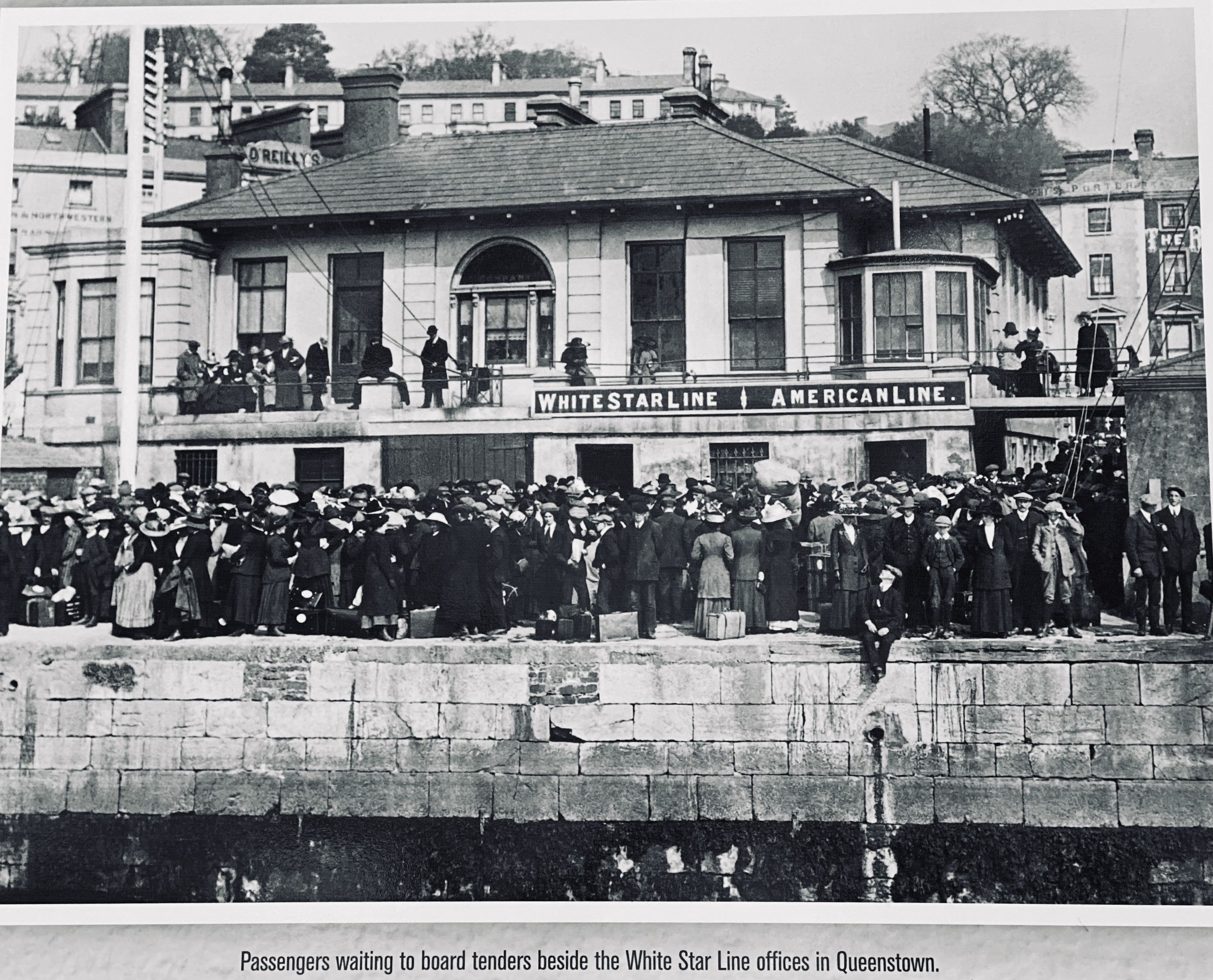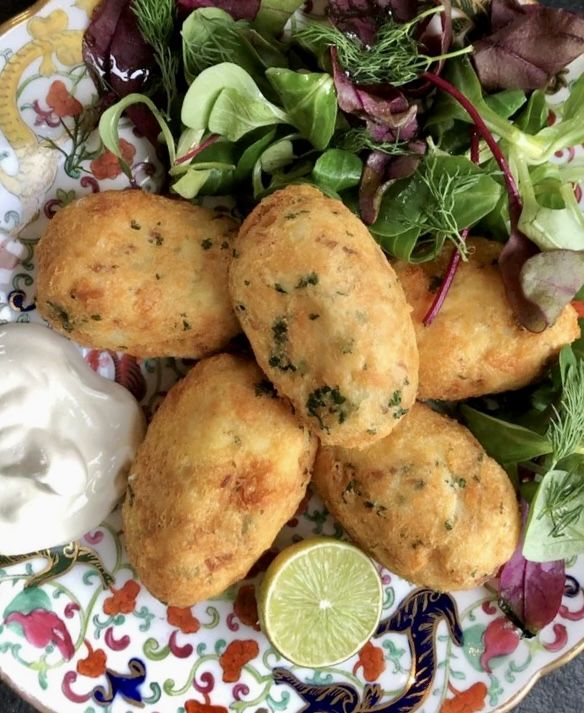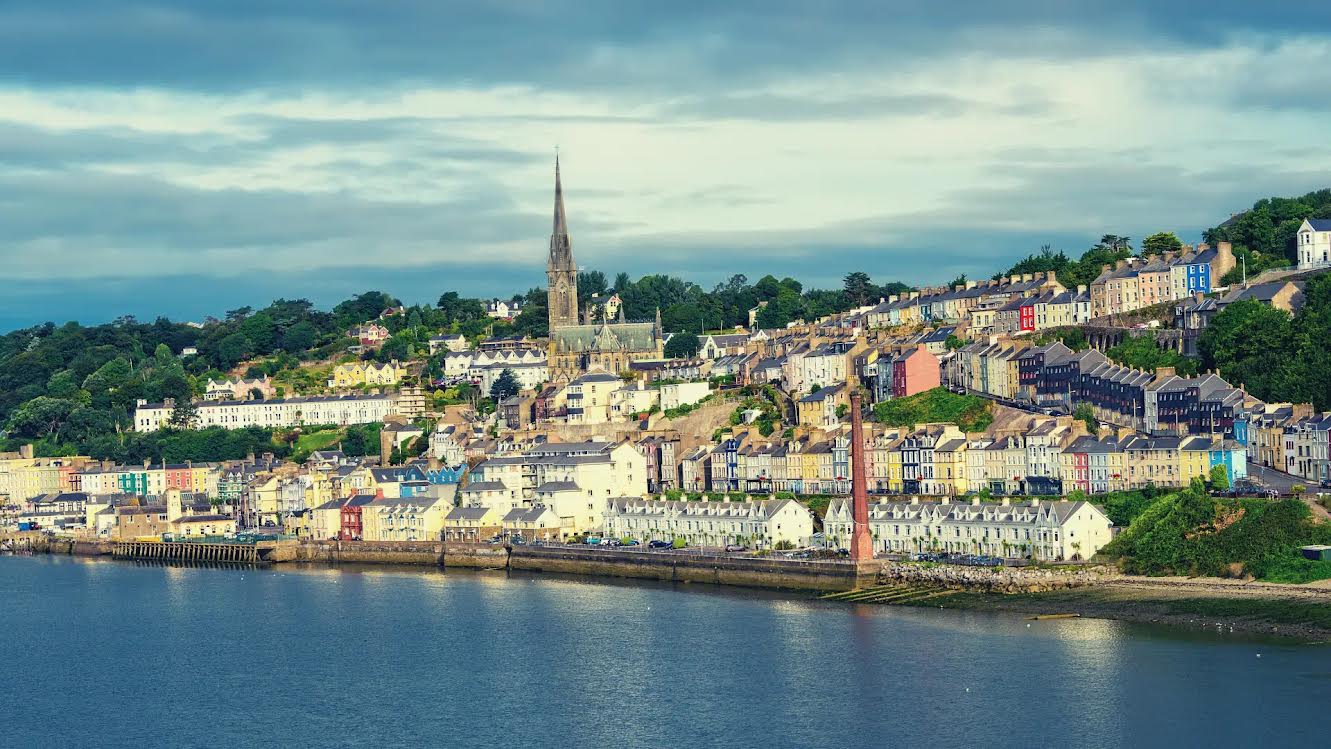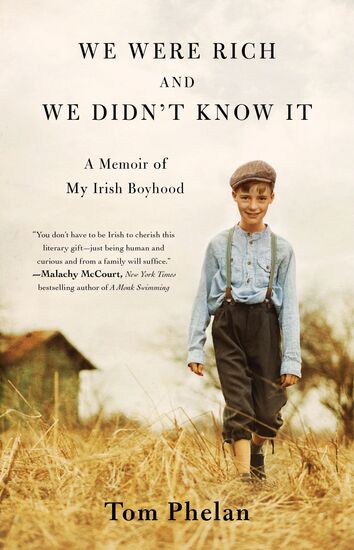“Ireland’s Ancient East” is a touring region tapping 5,000 years of history in the south and eastern area of the country. Described as a touring region rather than a specific route, it was designed to offer a "relaxing, compact journey of discovery" stretching from the Boyne Valley through the Midlands and down to East Cork. Launched in 2015 as a follow-up to the popular west coast “Wild Atlantic Way,” a journey here has no fixed length, no beginning or end, and visitors can enter at any point and explore sites reflecting four periods in Ireland’s history at their leisure.
My journey officially began when I landed at Shannon and headed directly to the historically significant town of Cobh in East Cork, a place more generally associated with leaving Ireland than with arriving here. From 1848 to 1950, over six million adults and children emigrated from Ireland, with more than three million departing from Cobh (then called Queenstown), making it the single most important port of emigration.
After checking into the Commodore Hotel* on the seafront, I grabbed a quick nap and then headed across the street to the Cobh Heritage Center (cobhheritage.com) to learn about some of the emigrants who departed from Cobh, including my grandparents. Most were in search of a new life in a land of opportunity (for my grandparents it was in Massachusetts), but many more, known as the “forgotten Irish,” departed involuntarily as convicts to Australia or as forced labor to Virginia, the Carolinas, Canada, or the West Indies.
The Cobh Heritage Center, located in the town’s restored Victorian railway station, is a treasure trove of emigration history, with exhibits in “The Queenstown Story” detailing its various periods. This alone would be enough to satisfy anyone with even a passing interest in Irish history, but add the fact that it’s also a museum that commemorates two other major events of the twentieth century — the 1912 tragedy of Titanic, with Cobh as its last port of call, and the sinking of the Lusitania, which took place in 1917 less than 10 miles off the coast of nearby near Kinsale — the Heritage Center is one of the highlights of a visit here. For anyone who hopes to trace their Irish roots to Cobh, resident genealogist Christy Keating will be a huge help. I sat with him for an hour (fee is 80€ and a reservation is suggested) and discovered not only where my grandparents were born, but the date they departed Cobh and the name of the ship they traveled on.
For fans of James Cameron’s film “Titanic” (celebrating its 25th anniversary this year), or for anyone who wants a more in-depth look at the 123 passengers who boarded the ship in Cobh, Titanic Experience (titanicexperiencecobh.ie) should be the next stop. Unlike the much larger museum in Belfast dedicated to the tragic vessel, this “experience” is located in the original White Star Line Building where visitors take a guided tour and retrace the footsteps of Titanic’s Irish passengers. Your boarding pass bears the name of a first-, second- or third-class passenger, and at the conclusion of the tour you learn whether you were among those who survived the April 15, 1912 disaster. To reinforce the impact of the tragedy, especially on its third-class passengers, there’s a special exhibit on the “Addergoole Fourteen,” family and neighbors from the small parish in North Mayo who were aboard.

Like many places in Ireland in the early 1900s, a struggling farming industry led many to seek a new life overseas, including the fourteen who set out from their village on the morning of April 11, traveling from Castlebar to Queenstown, where they spent the night in a boarding house. Four days later, eleven of the group were lost, with only Kate Kelly, Annie McGowan, and Delia Mc Dermott surviving.
Both history museums are located on the seafront, and a short (uphill) walk brings you to St. Colman’s Cathedral, a magnificent French-Gothic building that took 47 years to build, starting in 1868. Spectacular in size and sound, the church dominates the Cobh landscape and is well known for its 2,468-pipe organ and 49-bell carillon. Two other architectural gems nearby are “The Deck of Cards” a row of twenty-three candy-colored houses along West View, and “The Crescent” on Spy Hill. Both are among the most photographed places in town. The terraced houses are lined up, side-by-side and get their nickname because they resemble a deck of cards stacked up to make the shape of a house. An engineering marvel, each house follows the gradient of the steep hill. On adjacent Spy Hill, “The Crescent” is the name given to thirteen stunning Italianate homes built around 1767 with the arrival of the Victorian era in Cobh. Next stop Tipperary!
* Commodore Hotel, 4 Westbourne Place, is recorded as the first purpose-built hotel in Ireland. Completed in 1854, it opened as the Queens Hotel, commemorating Queen Victoria’s first-ever visit to Ireland that included a stop in Cobh. The hotel has played a major role in Irish history through both World Wars and is one of Cobh’s most well-known landmarks. Forty-two bedrooms, twenty-two overlooking the harbor; lively bar and restaurant; on-site parking. For its website, click here.

HEDERMAN’S HOT SMOKED SALMON
WITH CHILLI FRITTERS, MAKES ABOUT 25
Frank Hederman’s smoked products, perfected over the course of 40 years at his smokehouse in Belvelly, near Cobh, are among Ireland’s most coveted foods. He was recently honored with the prestigious Walter Scheel Medaille, an award that recognizes services to the preservation of European culinary traditions. Fans of his often suggest recipes, like this from Colm O’Gorman for smoked salmon fritters with a simultaneous sweet, savory, tangy flavor from Hederman’s Hot Smoked Salmon with Chillis. Serve the fritters with a yogurt and sweet chilli-flavored dipping sauce and a mixed leaf salad, if you wish. To order smoked products, visit frankhederman.com.
For the fritters
3 large russet potatoes, baked
1 small onion, peeled and chopped
2 tablespoons chopped fresh flat-leaf parsley
10 ounces Hederman’s Hot Smoked Salmon with Chilis, flaked
1 teaspoon sea salt
Ground black pepper
1 large egg, beaten
1 tablespoon flour
Sunflower oil, for frying
For the sauce
1 cup Greek yogurt
1 tablespoon sweet chili sauce
2 teaspoons fresh lime juice
Ground black pepper
Mixed leaf salad, for serving (optional)
1. Make fritters. When cool to touch, scoop potatoes into a large bowl (you should have about 2 1/2 cups potatoes; or use leftover mashed potatoes). Mash well. Stir in onion, parsley, and salmon; season with salt and pepper. Add egg and flour; stir to blend.
2. With two tablespoons or your hands, shape small portions of the mixture into an oval shape. Transfer fritters to a parchment-lined baking sheet; refrigerate for about 2 hours, until cold.
3. In a deep saucepan or fryer, heat oil to 350°F.
4. Working in batches, drop 5 to 6 fritters at a time into oil; fry for about 1 minute, or until crisp and golden. With a slotted spoon, transfer to a wire rack set over a baking sheet (do not use a paper towel as this creates soggy rather than crisp fritters). Return oil temperature to 350°F for each batch.
5. Make sauce. In a small bowl, whisk together yogurt, chili sauce, lime juice, and pepper.
6. To serve, arrange fritters on a plate; serve with sauce.








